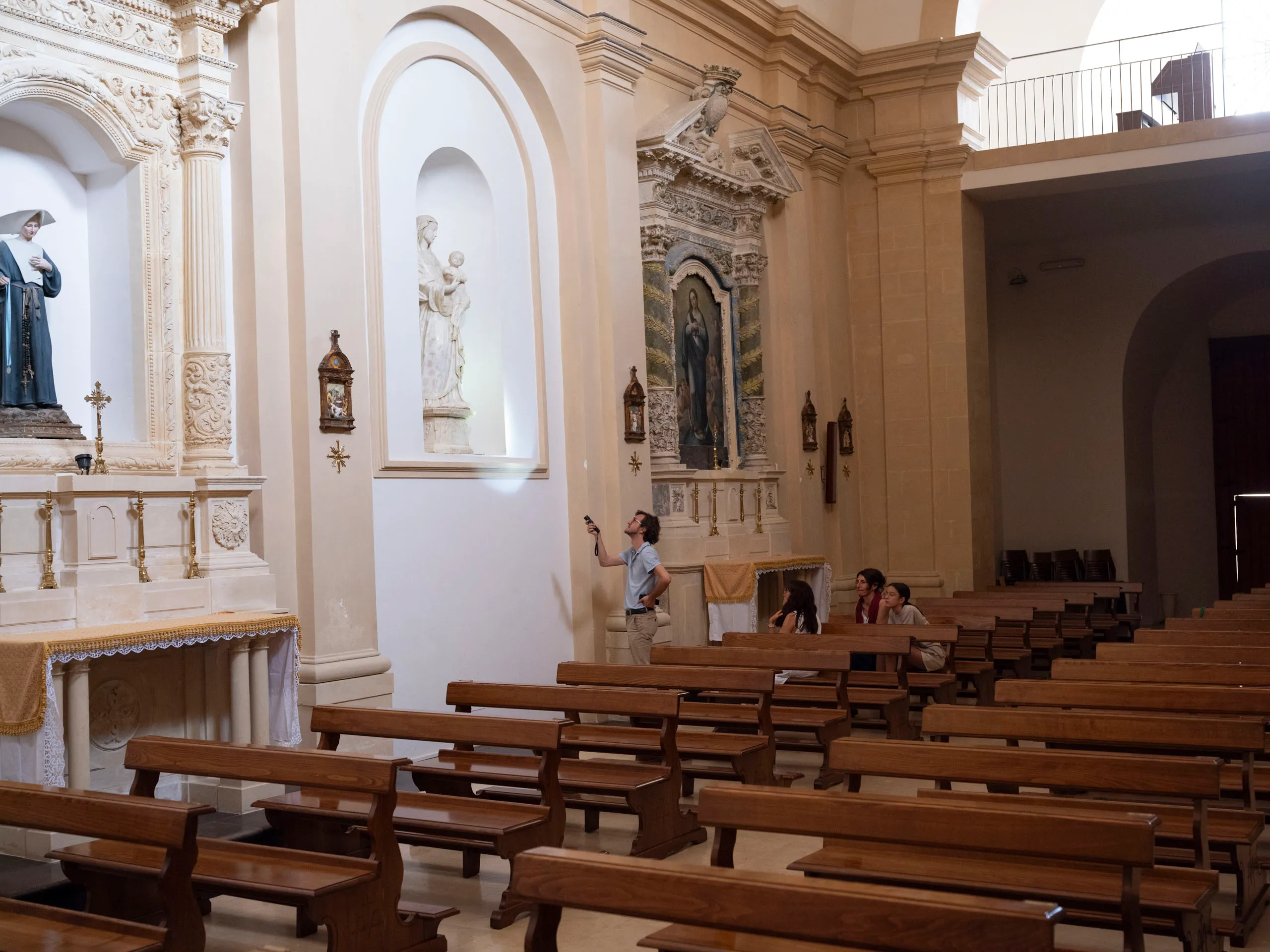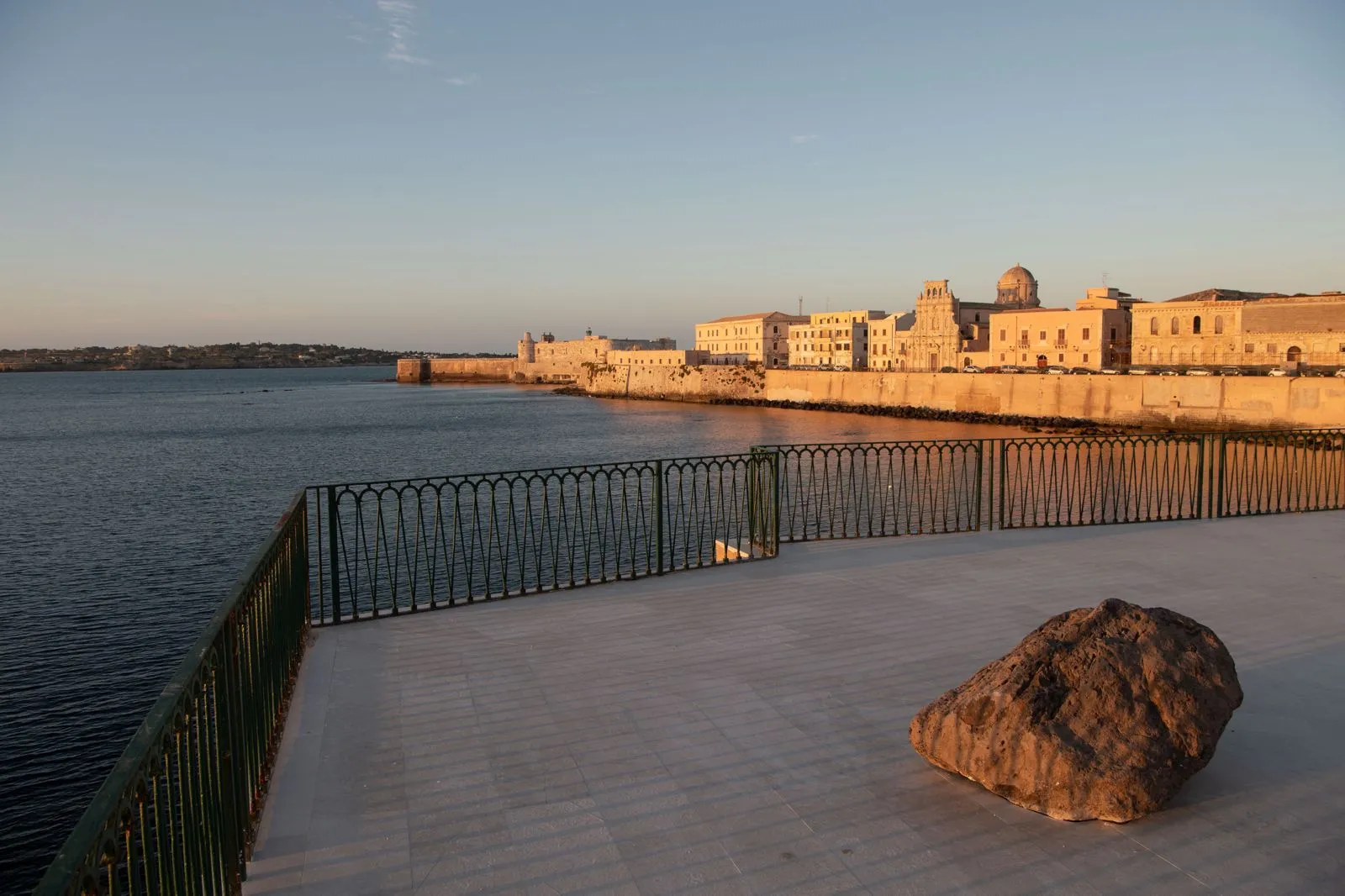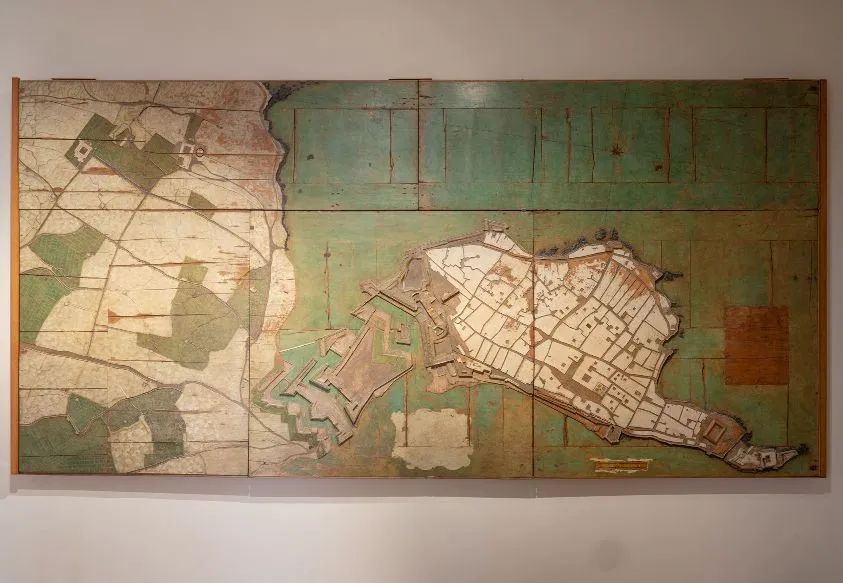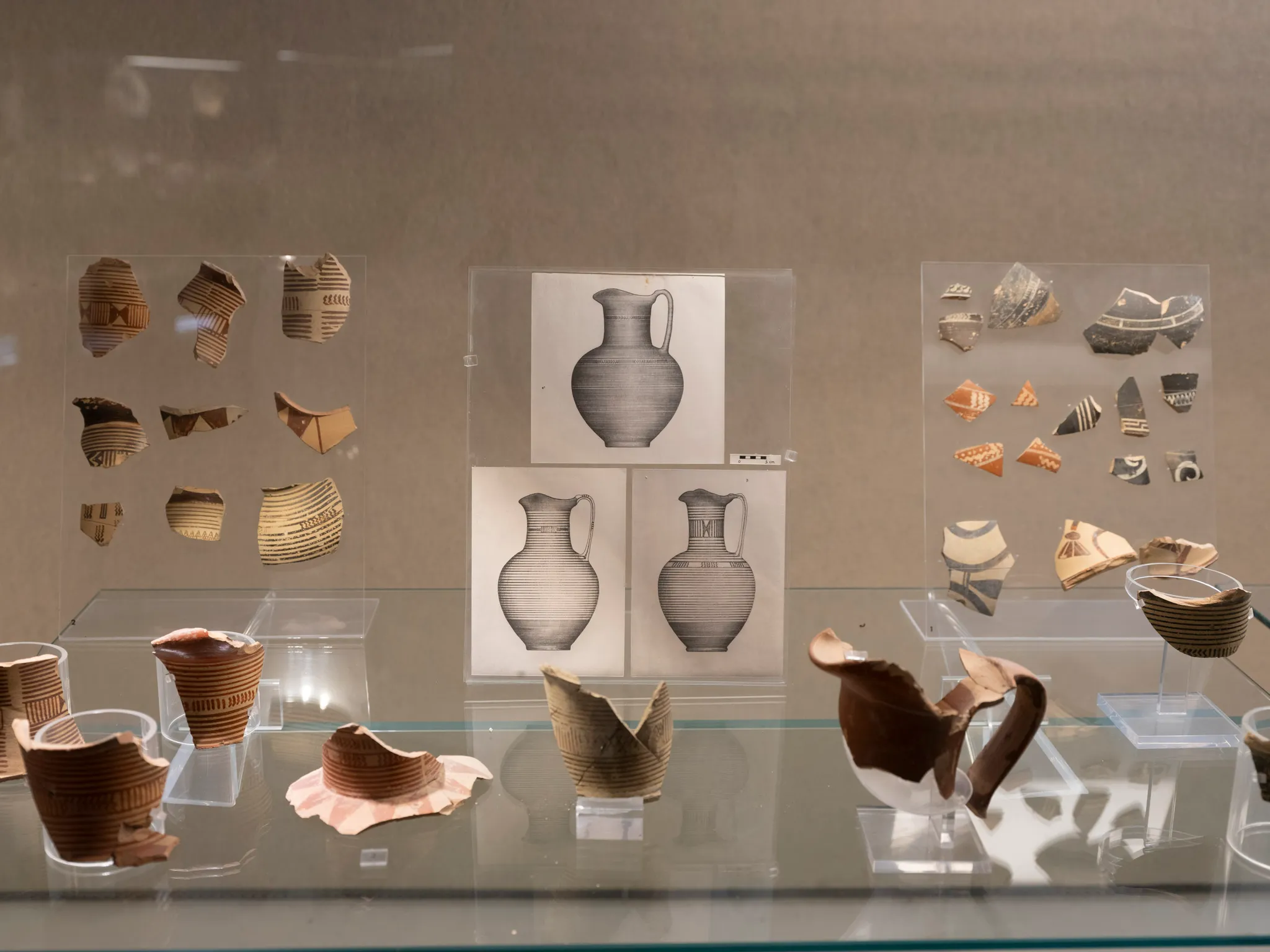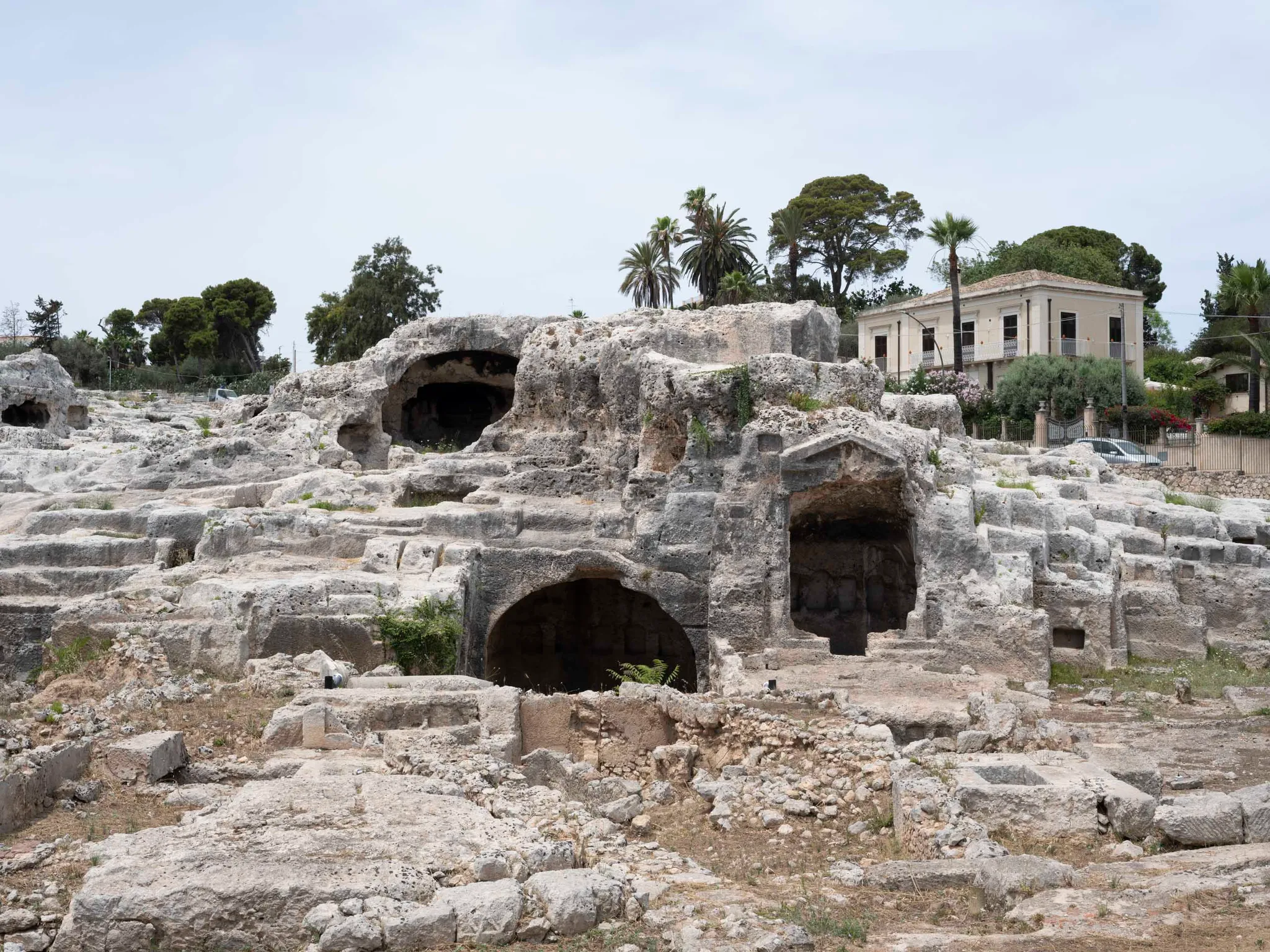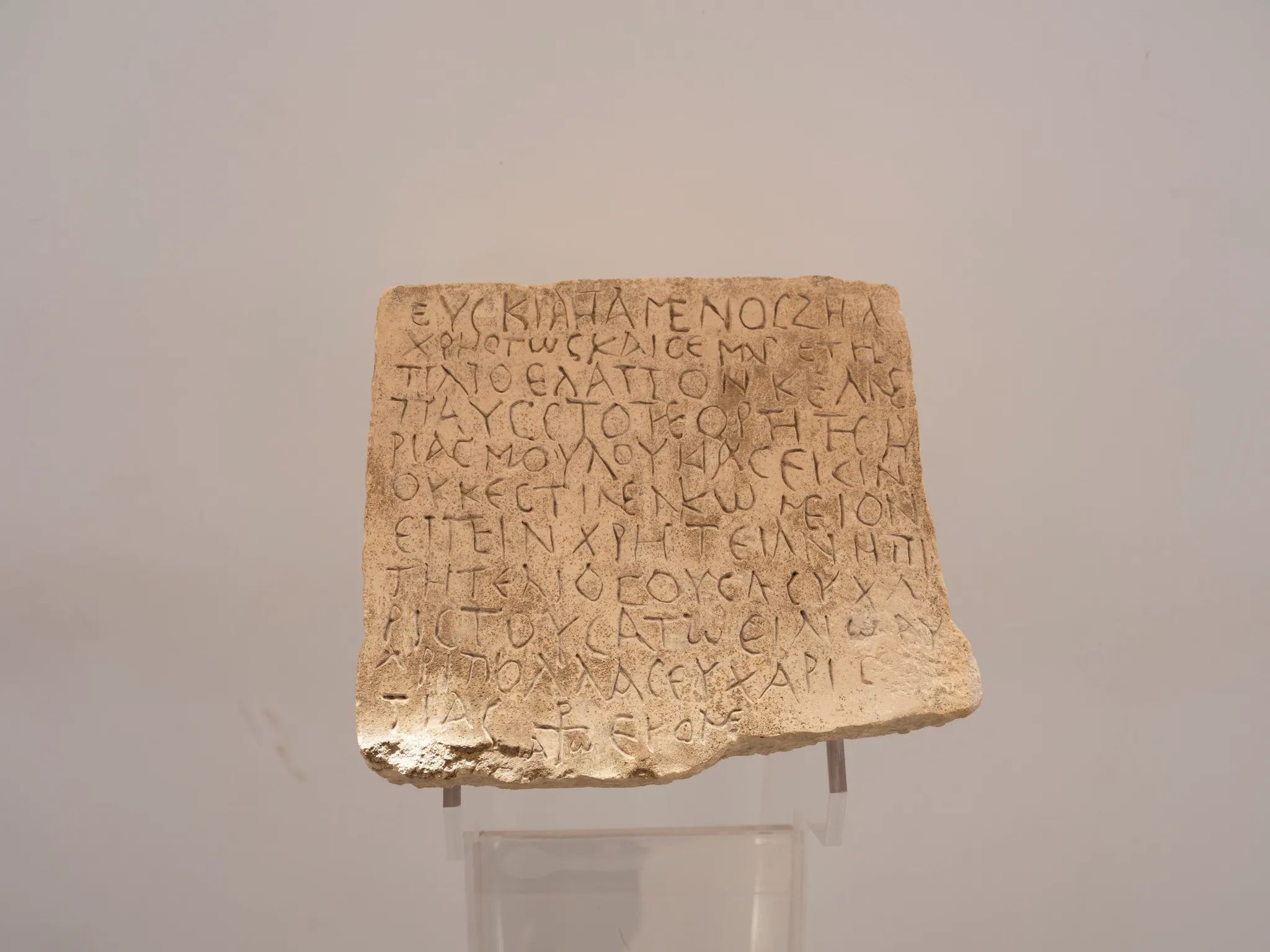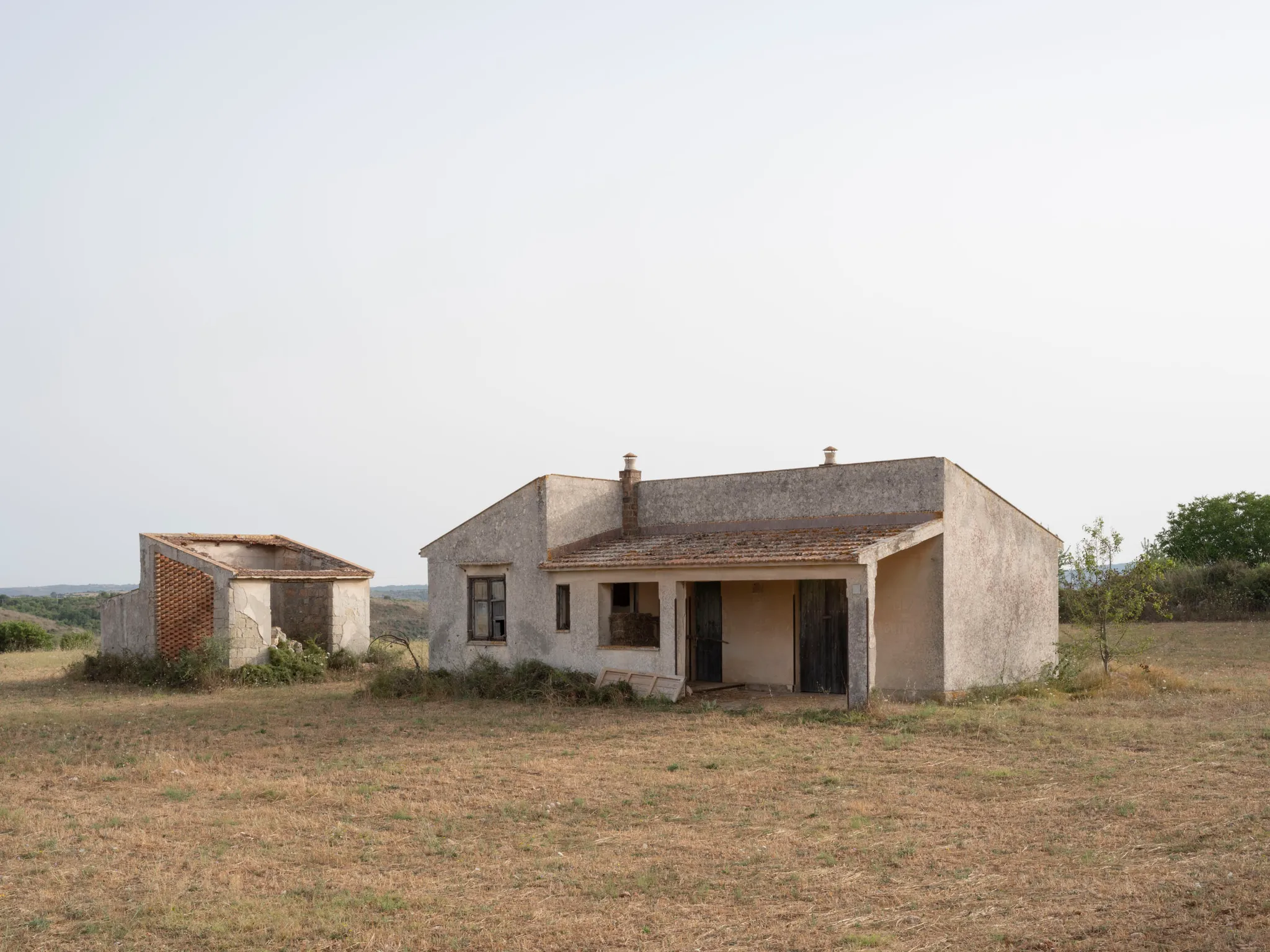The sculptor Francesco Laurana was born in Vrana around 1420-1430, near Zara in Dalmatia, which was a Venetian dominion at the time, and had obtained his first major commission in Naples in 1458, when King Alfonso of Aragon had entrusted him and five other artists with the task of executing reliefs celebrating his deeds, on a triumphal arch inspired by Roman models, at the entrance to the Castel Nuovo. It had been a decisive experience, for him and the other masters involved, of confronting novelties from different stylistic tendencies, which blended happily together. On the death of the king, the sculptor had then been called to Provence, to the court of Renato d'Anjou, another place of great cultural ferment, and had finally landed in Sicily, in Sciacca, summoned by another culture-hungry count, Carlo Luna. Laurana's sculptures were beginning to be in great demand, by those Sicilian patrons who saw in him the exponent of a new model of gentleness, inserted into the convincing spatial quadratures of a now Italian Renaissance. Thus the sculptor, who by this time had a working workshop in Palermo, in 1471 signed and dated a Madonna con Bambino destined for Noto - it is today exhibited in the Church of the Santissimo Crocifisso.
The Madonna con Bambino from Palazzolo Acreide most likely arrived shortly after the Noto work, and has an inscription specifying the destination: ‘Sancta Maria dela Gratia de Palazu’ - the church of Santa Maria delle Grazie, near the palace, which was originally intended to house the sculpture, was later destroyed. However, the coat of arms at the bottom vouches for the patrons, the Alagona family, who were barons of Palazzolo from the time of the Aragonese reconquest of Sicily. For Laurana, it was a magical moment: he found a formula capable of astonishing, all played on the gentleness and delicacy of gestures and glances, such as that of the Child, which with the polychromy, traces of which are still preserved, must have seemed even more real.
